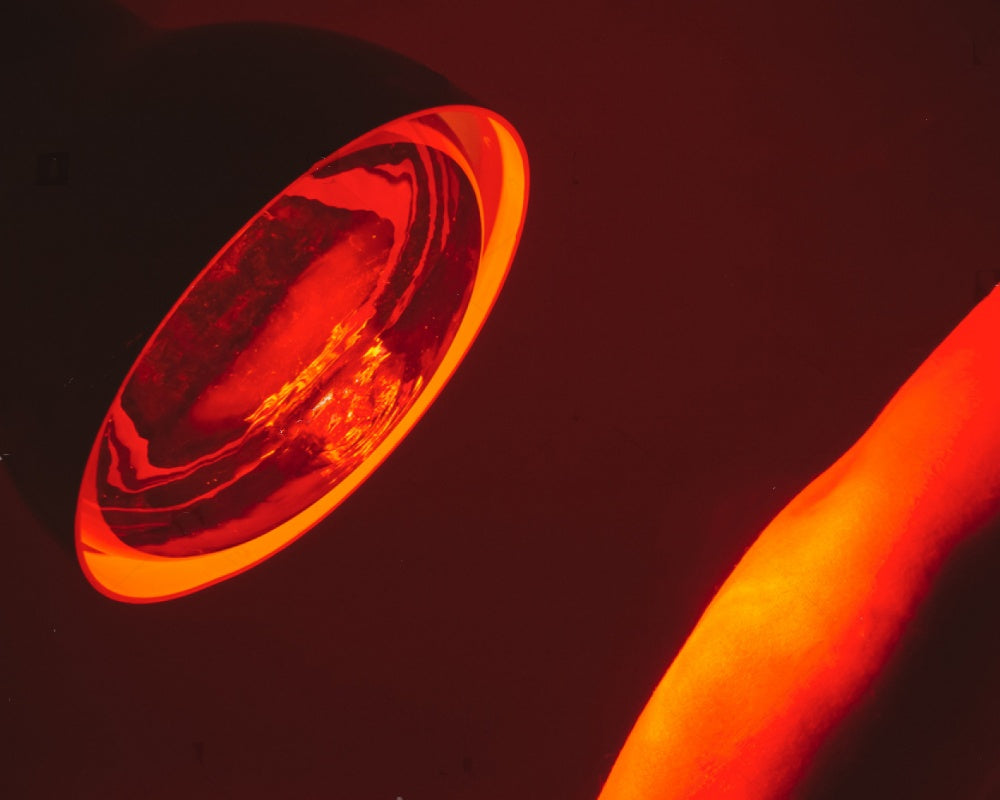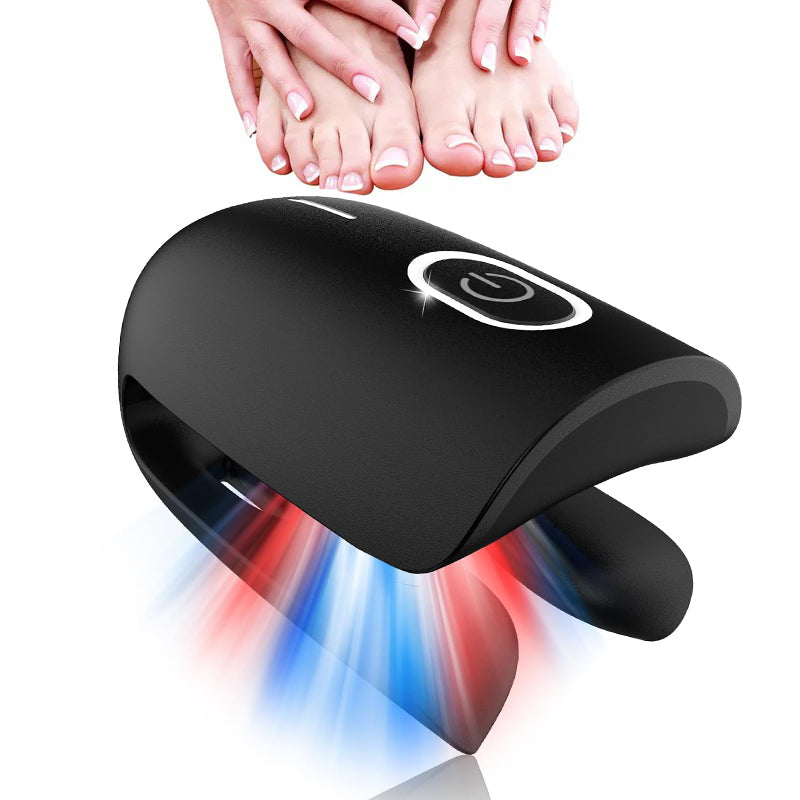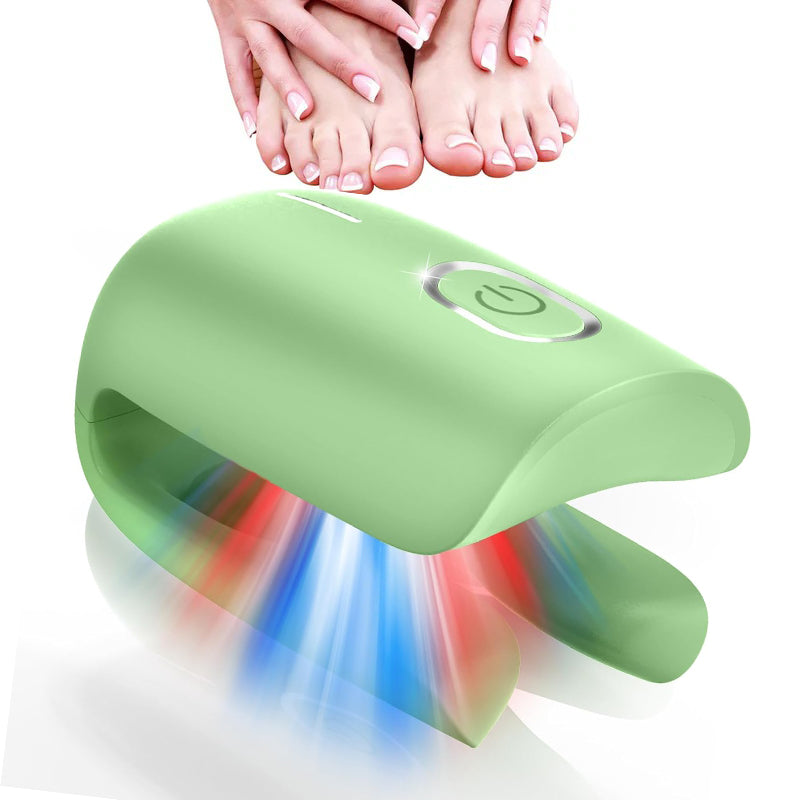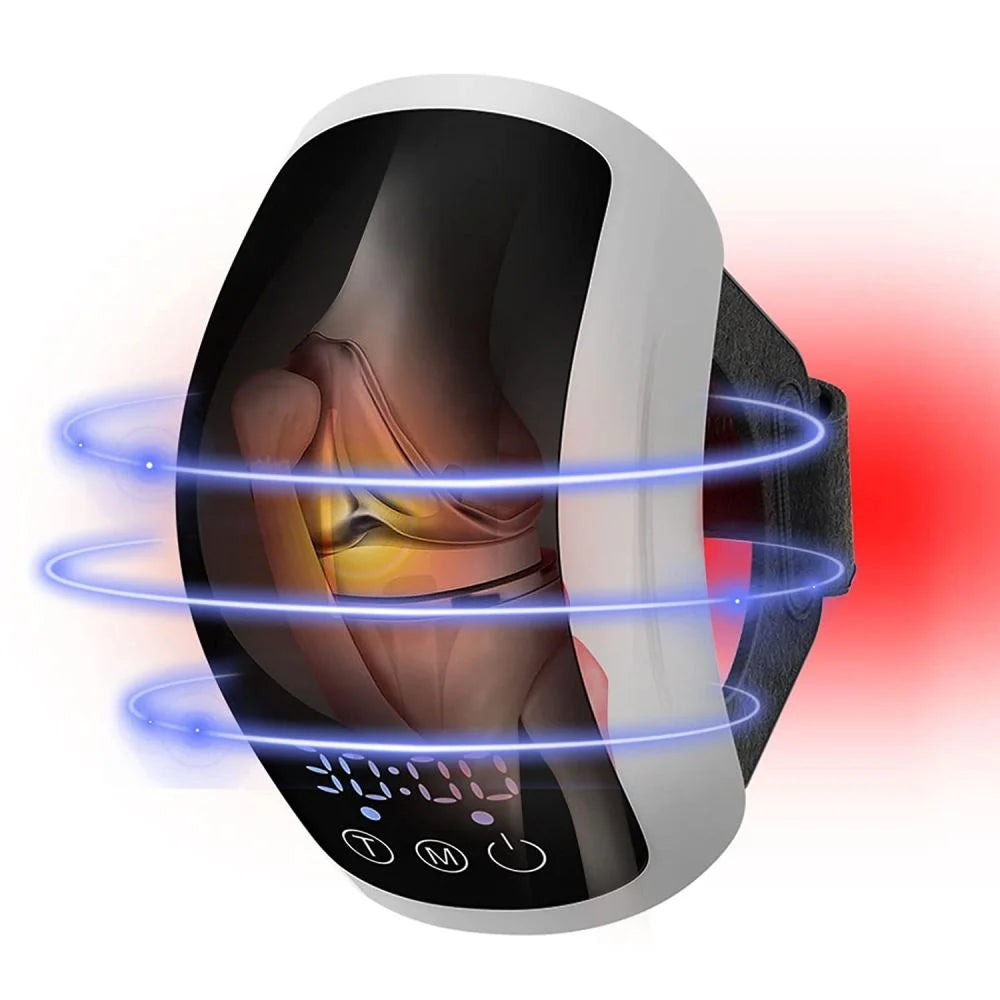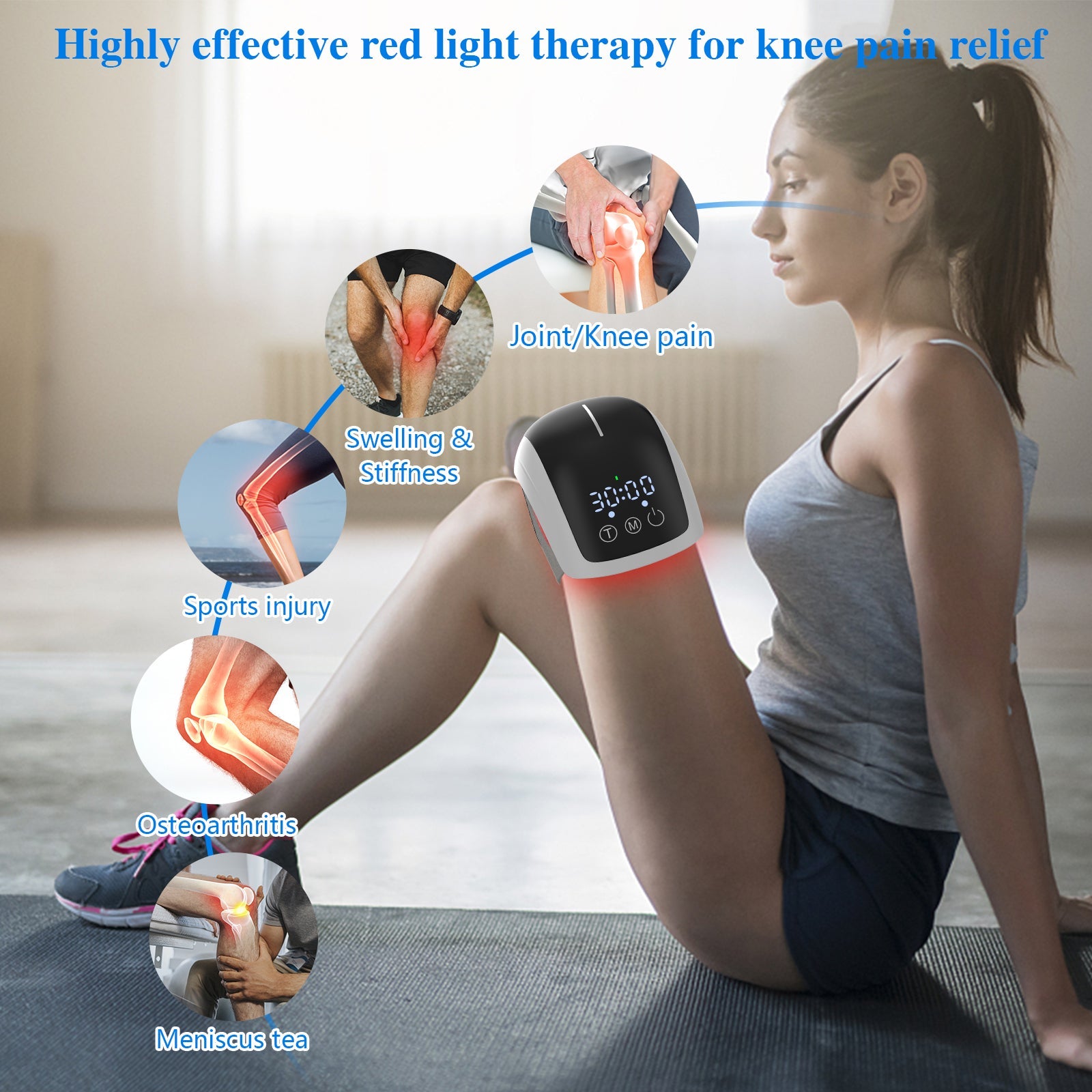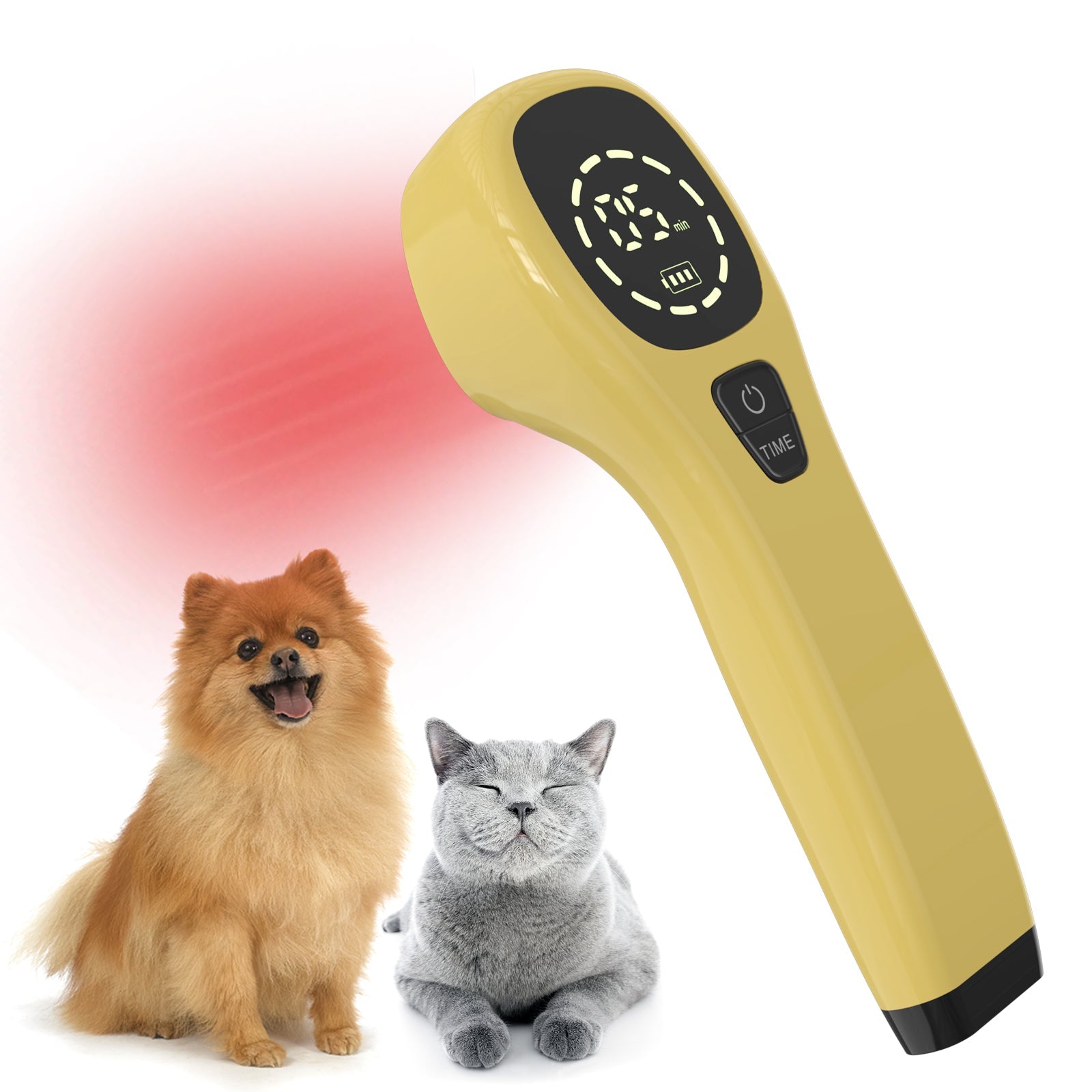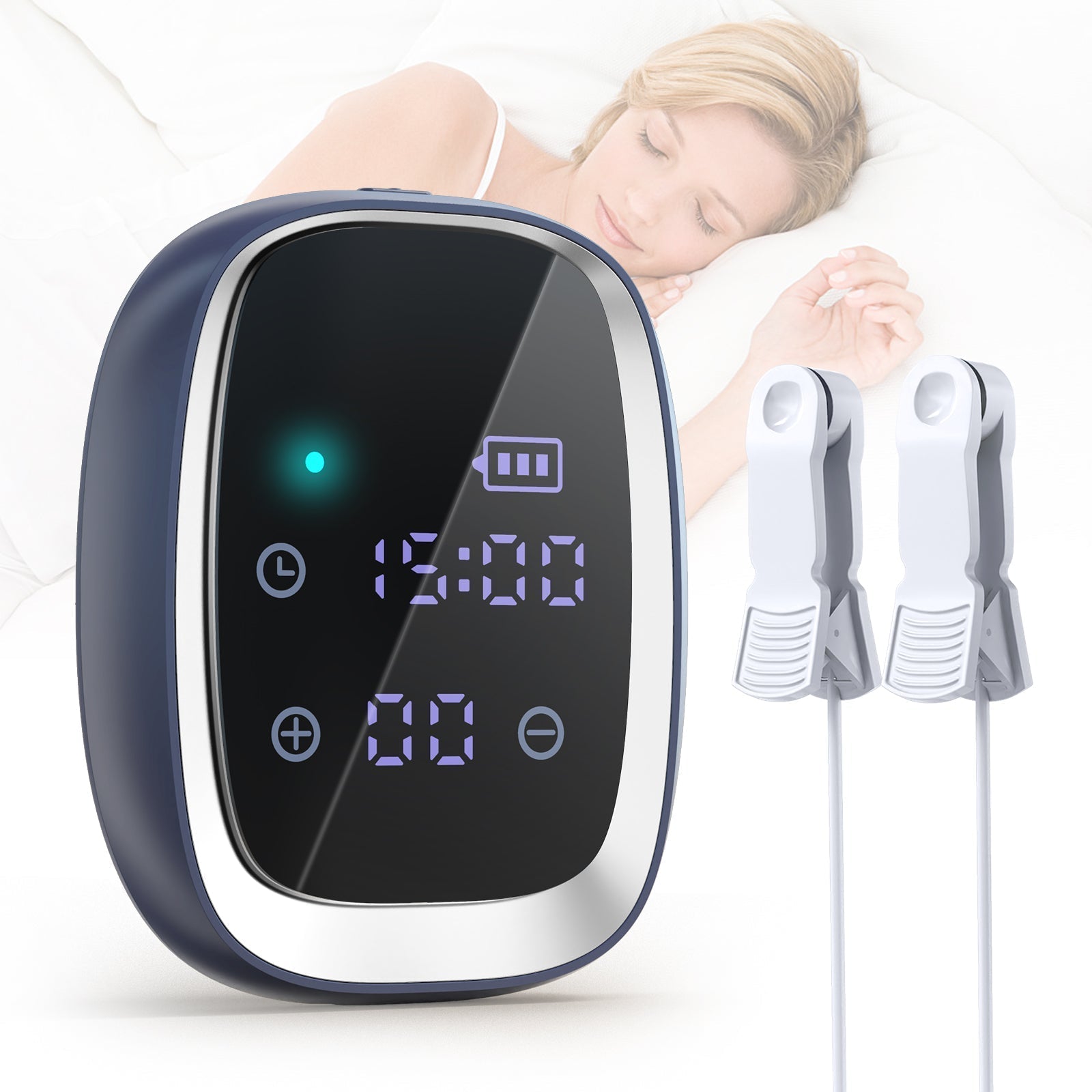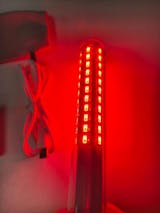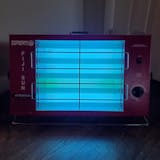In recent years, red light therapy has emerged as a popular treatment option for various health concerns, ranging from skin issues to chronic pain. However, despite its widespread use and apparent benefits, there's a growing realization that red light therapy may only sometimes live up to its promises. In this comprehensive guide, we'll explore the science behind red light therapy, common claims associated with it, the scientific evidence supporting its effectiveness, factors influencing its efficacy, misconceptions surrounding its use, potential side effects, who should avoid it, tips for maximizing its benefits, cost considerations, alternative therapies, real-life experiences, and the importance of consulting with a healthcare professional before starting treatment.
Introduction
In recent years, red light therapy has become increasingly popular as a non-invasive and potentially beneficial treatment for a range of health conditions. It involves exposure to specific wavelengths of red and near-infrared light, which are believed to penetrate the skin and stimulate cellular processes. This therapy has garnered attention for its potential to improve skin health, alleviate pain, and promote overall well-being.
- How Red Light Therapy Works
Red light therapy functions based on the concept that specific wavelengths of light can engage with the body's cells, particularly the mitochondria, to boost cellular energy production and regulate cellular signaling pathways. This stimulation is thought to promote tissue repair, reduce inflammation, and facilitate healing mechanisms within the body.
- Explanation of Red Light Wavelengths
The wavelengths of red and near-infrared light used in therapy typically range from 630 to 850 nanometers. The selection of these wavelengths is determined by their capability to penetrate the skin and reach the underlying tissues, enabling them to deliver their therapeutic benefits.
- Effects on the Body's Cells
When exposed to red or near-infrared light, specific chromophores within the mitochondria absorb the photons, leading to an increase in cellular energy production. This increase in energy levels can improve cellular metabolism, facilitate tissue repair, and regulate diverse cellular signaling pathways associated with Irritation and oxidative stress.
- Common Claims About Red Light Therapy
Red light therapy has been associated with various claims regarding its effectiveness in treating certain health conditions. However, not all of these claims are supported by scientific evidence.
- Weight Loss
Experience the transformative effects of red light therapy on weight management. With its potential to enhance metabolism and target fat cells, it offers a promising solution for achieving your desired body composition goals.
- Pain Relief
Discover the natural relief you've been searching for with red light therapy. Customers are drawn to its ability to alleviate discomfort from conditions like arthritis, fibromyalgia, and muscle soreness. Backed by promising studies, it stands as a compelling option for those seeking effective pain relief.
- Skin Rejuvenation
Elevate your skincare regimen with red light therapy. Unlock the secrets to rejuvenated skin, reduced wrinkles, and increased collagen production. Supported by research, this technology offers customers the opportunity to achieve a radiant, youthful complexion.
- Factors Affecting Red Light Therapy's Efficacy
Several factors can impact the efficacy of red light therapy, such as the length and regularity of treatment sessions and the calibre of the devices utilized.
- Treatment Duration and Frequency
The effectiveness of red light therapy can be influenced by the duration and frequency of its sessions. Consistent and regular treatment may be necessary to achieve desired results.
- Quality of Devices Used
The quality of the devices used for red light therapy can also affect its efficacy. Devices that deliver the appropriate wavelengths and intensities of light are essential for optimal outcomes.
- Misconceptions About Red Light Therapy
Despite its increasing popularity, several things about red light therapy could be improved and require clarification.
- Expectations vs. Reality
Some individuals may have unrealistic expectations about the outcomes of red light therapy, expecting immediate results or a one-size-fits-all solution to their health concerns.
- Understanding Limitations
It's important to recognize that red light therapy is not a cure-all treatment and may not work for everyone. Individual variability and underlying health conditions can influence its effectiveness.
- Potential Side Effects of Red Light Therapy
While red light therapy is generally thought to be safe, it's important to be aware of potential side effects.
- Eye Damage
Exposure to bright light can potentially damage the eyes, so it's essential to use appropriate eye protection during red light therapy sessions.
- Skin Irritation
Certain individuals may experience skin irritation or redness at the treatment site, although these side effects are usually mild and temporary.
- Who Should Avoid Red Light Therapy?
Although red light therapy is generally safe for most individuals, there are specific groups who should proceed with caution or refrain from it entirely.
- Certain Medical Conditions
People with specific medical conditions, such as skin cancer or epilepsy, might be recommended to refrain from red light therapy due to potential risks.
- Pregnancy
Before undergoing red light therapy, pregnant women should seek guidance from their healthcare provider, as the full effects on fetal development are not yet comprehensively understood.
- Strategies to Enhance the Benefits of Red Light Therapy
For optimal benefits from red light therapy, adhering to proper usage guidelines and considering combining it with other treatments or lifestyle modifications is crucial.
- Proper Usage Guidelines
Adhering to recommended treatment protocols, including duration, frequency, and intensity of sessions, can help optimize results.
- Combining with Other Treatments
In some cases, combining red light therapy with other treatments, such as exercise or dietary changes, may enhance its effectiveness.
- Real-Life Experiences with Red Light Therapy
Real-life testimonials from individuals who have undergone red light therapy can provide valuable insights into its effectiveness and potential benefits.
- Testimonials from Users
Listening to the experiences of others who have tried red light therapy can offer valuable information and help set realistic expectations.
- Varied Outcomes and Opinions
It's essential to recognize that outcomes and opinions about red light therapy may vary among individuals, and what works for one person may not necessarily work for another.
- The Importance of Seeking Guidance with a Healthcare Professional
Before starting red light therapy or any new treatment regimen, it's crucial to consult with a qualified healthcare professional.
- Individual Health Considerations
Healthcare providers can assess your individual health condition, medical history, and specific concerns to determine whether red light therapy is a suitable option for you. Additionally, they can offer tailored advice according to your distinct requirements and situation.
- Personalized Recommendations
Healthcare professionals can offer valuable guidance on the appropriate treatment protocols, including the duration, frequency, and intensity of red light therapy sessions. They can also oversee your advancements and implement any required modifications to guarantee secure and successful treatment results.
- Conclusion
Although red light therapy shows potential as a non-invasive treatment for different health issues, it's crucial to approach it with realistic expectations and a comprehensive grasp of its possible advantages and constraints. Through consultation with a healthcare provider, adherence to correct usage instructions, and exploration of alternative treatments, individuals can make educated choices regarding integrating red light therapy into their wellness practices. It's important to remember that what works well for one person might produce different outcomes for another, emphasizing the importance of being attuned to one's body and seeking professional guidance when needed.
FAQs About Red Light Therapy
Q: Is red light therapy safe?
Yes, red light therapy is deemed safe when used properly, with minimal risk of side effects.
Q: What is the expected time frame for noticing results from red light therapy?
A: Results can vary depending on the individual and the specific condition being treated. Some people may experience improvements relatively quickly, while others may require more extended treatment periods.
Q: Are there any age restrictions for using red light therapy?
A: While red light therapy is generally safe for people of all ages, specific populations, such as young children and infants, may require special considerations. It is recommended to seek advice from a healthcare professional before applying red light therapy to young individuals.


